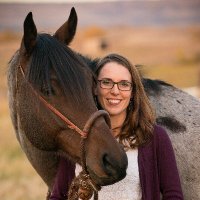
Amie Peck
@apeckerpeck
Passionate about Canadian Beef, Show Jumping and Golden Retrievers. Public and Stakeholder Engagement with Canadian Cattlemen's Association. Tweets are my own.
30-10-2014 12:08:27
708 Tweets
1,0K Followers
1,2K Following


…in Canada, thanks to Canadian Roundtable for Sustainable Beef (CRSB), we have a full Life Cycle Analysis, which found that the #Cdnbeef industry contributes 2.4% of our national emissions. So, reducing livestock emissions by 10% would result in a national emissions reduction of 0.2%. (4/13)


There are many benefits we receive from having cattle on the land, which is supported by conservation partners like Ducks Unlimited CAN, NatureConservancy.ca | Conservationdelanature.ca, Birds Canada to name a few. So let’s also imagine a 25% reduction in these environmental benefits. (6/13)

35 million acres of native temperate grasslands are cared for by the families that raise beef cattle. This is one of the most #endangered ecosystems in the entire world with less than 26% remaining intact. Grasslands are the coral reefs of Canada. (7/13)






Reducing your beef consumption to benefit the environment might actually hurt more than it helps. Sometimes what you thought was the problem, is really part of the solution. Hope to see you tonight at the #GuardiansoftheGrasslands premiere. (13/13).